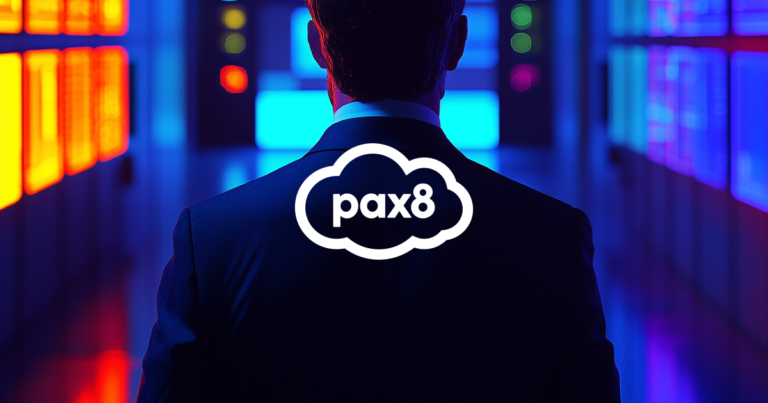Guest contributor Dan Owen, Digital Transformation General Manager NZ at NTT Ltd, shares the five data-driven insights NTT’s Global Workplace Report uncovered when looking to enable the hybrid workplace.
There’s little doubt the adoption of the hybrid workplace has been accelerated due to the pandemic. With this shift, investing into employee experience (EX) — essentially the way employees perceive and feel about their organisation based on the cumulative interactions with customers, leaders, colleagues and the overall work environment — is becoming critical more than ever.
Employees who have their wellbeing and work–life balance prioritised and supported by their employers are in turn enabled to bring their best selves to work no matter if they are at home, the office or at a neighbourhood cafe.
So how can business leaders make more informed decisions about how a hybrid workplace is effectively delivered? Our NTT Global Workplace Report uncovered five data-driven insights that can highlight what changes and improvements are needed to create moments that matter to employees.
Understanding the EX factor
EX (Employee Experience) can help deliver tangible results, particularly in improving work-life balance, employee wellness, overall productivity and business growth. However, there is a discrepancy in executive, operational and employee feedback that indicates that EX needs to extend further into the organisation. NTT found that while 64.4% of CEOs globally are very satisfied with their current EX capability, only 23.3% of those in operations agreed.
To build on this, there was a reported lag within organisations surveyed to understand and execute on their people-first strategy. Only 37% of business leaders said they were satisfied with their current EX capability, and over 72% agreed that part of their organisation didn’t truly embrace the value of it.
Therefore, the starting point of your organisation’s EX journey begins with education. As parts of the business get up to speed on why EX is the top factor driving employee satisfaction, you will have buy-in from your employees to deliver an effective experience.
Modernise the workplace strategy
For many organisations, the post-pandemic people strategy is not going far enough. What was implemented during the lockdowns may have been enough at the time, but now employees are looking to their leaders for more strategic direction on what the future of work looks like in the organisation, and if they decide to take part in being in that future.
According to the report, 72% of CEOs ticked the box stating strategies to modernise and digitally optimise the future workplace are defined and agreed. In contrast, only 47.2% of operations staff agreed. Limited in-house skills were identified as a barrier to maximising investments in order to enhance EX and overall performance.
Set time aside to review your workplace and EX strategies, policies and technology with the executive team. They should be responsible for driving workplace strategies that enable business outcomes and ensure shareholder value — and ensure there’s a plan to execute it effectively.
Communicate your refreshed workplace strategy to the wider business as it will offer transparency, support engagement and generate further trust from your employees.
Enabling optimised working
As organisations revisit their policies in light of changing workstyles, the technology that serves the team needs to securely support a range of employee profiles and work location preferences. The reality of hybrid working means IT and security procedures may need to be completely reshaped to suit hybrid and remote working, as well as the requirements of managed coworking services.
For technology to enable and augment employee performance no matter the location, organisations should consider the technology itself, the network and infrastructure which supports it, and perhaps most critically, the needs and profiles of employees who are using it. Cloud and cybersecurity are the top technology tools underpinning the hybrid workplace strategy, so optimising cloud technologies is a sure-fire way to accelerate your EX strategy.
Blending the digital and physical workplace
No longer a fixed location, the modern workspace can be anywhere. This was reflected in the report, as there was a general “30-30-30” split, where given the choice, around 30% of employees would prefer to work remotely, 30% from company premises, and 30% want to alternate between the two.
Driving a more diverse workforce to connect, collaborate and be productive across different environments — while delivering an equal experience for all employees — can be a daunting task. The key is to understand the motivations behind where, when and how people want to work, as that will inform how you create workplaces that give flexibility and empower your employees to work effectively from anywhere.
Become smart with your sustainability
As more organisations sign up to comply with international sustainability and workplace standards, this can become a key differentiator in your EX strategic offering. Sustainability is integral to a connected workforce, with 39.5% of employees stating they will select an employer based on the company’s purpose and values.
Moving from a realm of compliance, business leaders need to take a proactive step in driving positive change, increasing their focus on sustainability initiatives and organisation-wide efforts — ultimately resulting in building your brand, attracting and retaining talent, differentiating and reducing operational costs.





